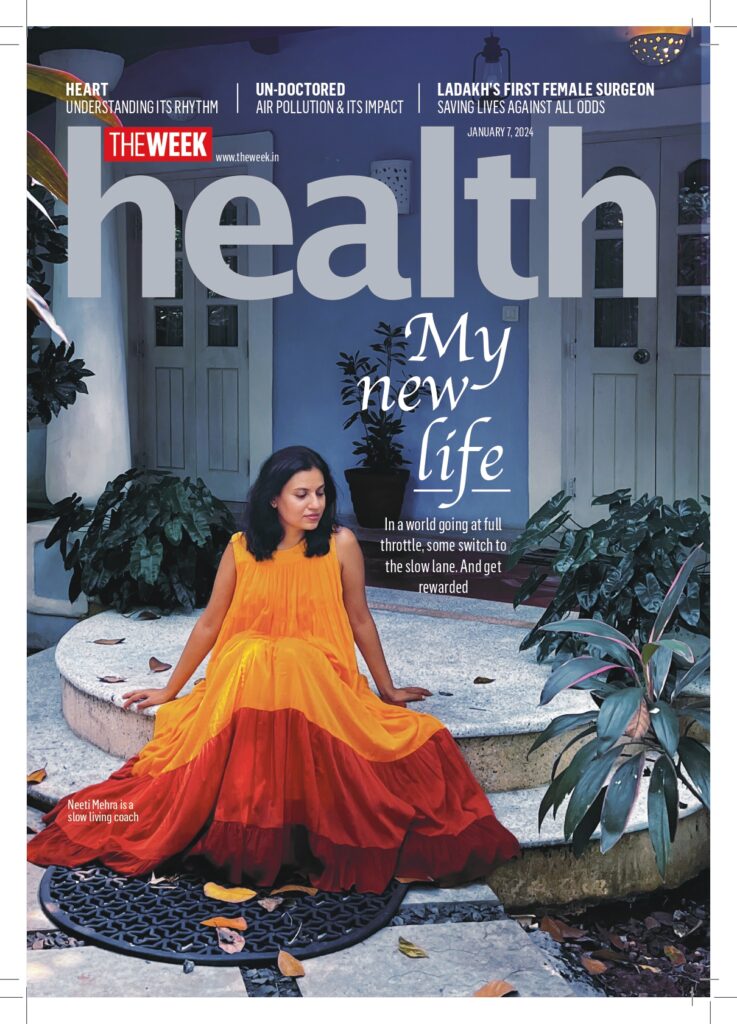Shapeshifting Fashion
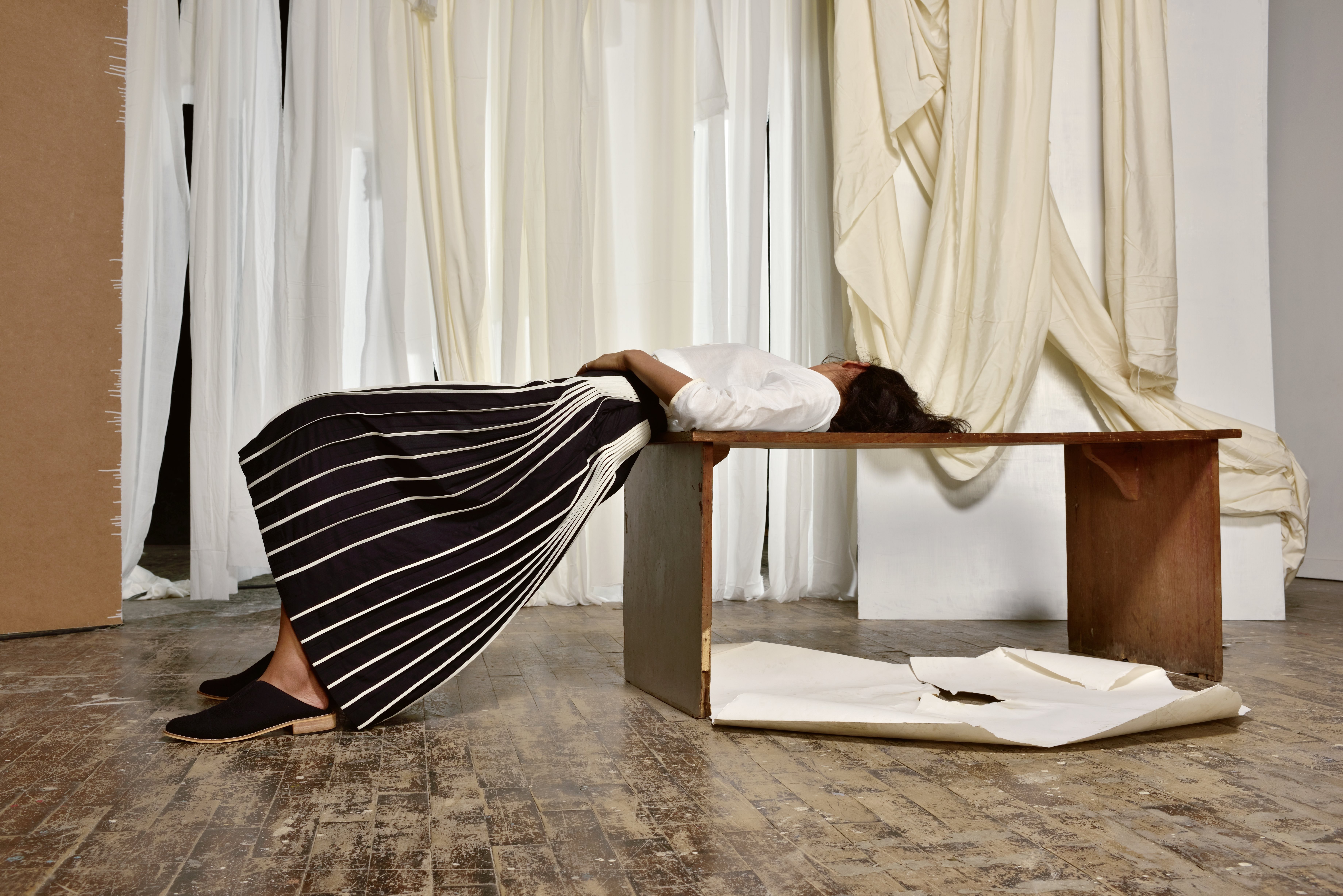
Shape shifting, empathetic fashio—Bodice
The Indian belly is a wondrous thing. It expands with nary a crumb and contracts with much reluctance, after much coaxing and deprivation. For this capricious sphere, the much-loved drawstring, the humble naala exists. One of the great fashion inventions, the cord outlives and outstretches its younger brethren, the elastic waistband.

For Bodice, founded by Ruchika Sachdeva, also the creative director of the Delhi-based label, the intent to flatter real women’s bodies is matched with the content. She creates clothes with classic silhouettes; using masculine modern tailoring techniques. Bodice scooped the Middle East Regional Final for Womenswear for its collection inspired by 18th century Nautch girls’ costumes. It comprises four clever garments using fabrics sourced from across the country. Each can be increased or reduced in size—her brand’s adaptable leitmotif, without any cords, yanking or knots. The bomber jacket is fitted with a strap and a buckle. The dress has elastic on the back. A few concealed buttons expand the waist of the trousers by nearly two inches. “Sizeless and waste reducing,” she professes. Voila, the conundrum of flesh, which makes an ensemble obsolete over time, is quashed. “To be honest, I’ve gained weight, but I’m still able to fit into my Bodice trousers,” she pauses, “that’s value addition.”
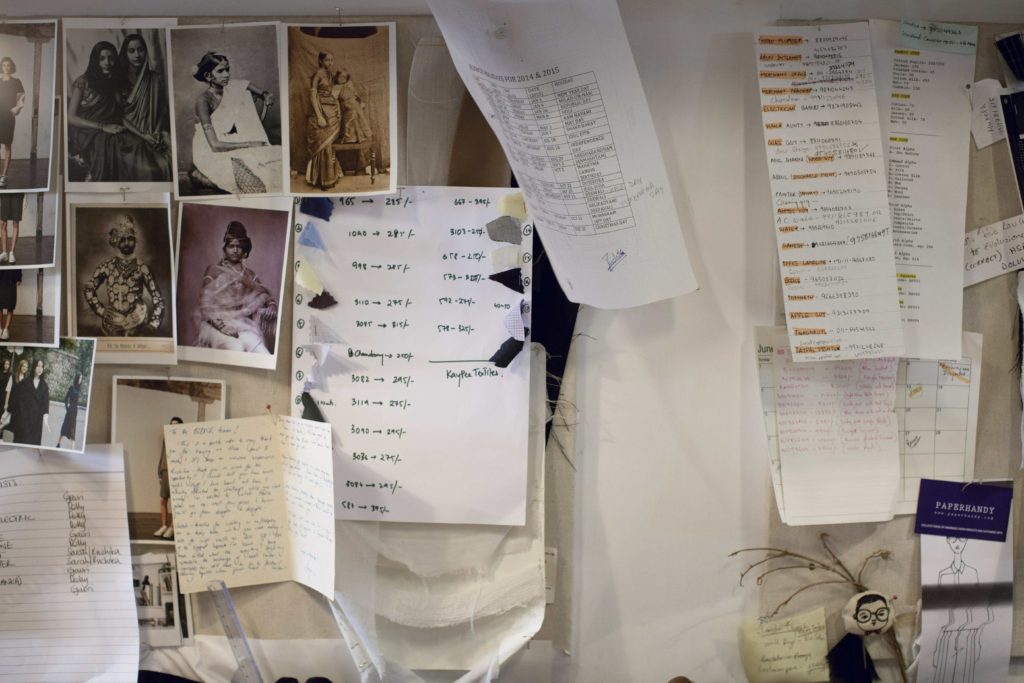
The simplicity is beguiling. In a world of fast fashion, it’s thoughtful. “It takes time to think of these things. You go through stages—design, construction, quality and fabrics. Then you want to add something more to that. For me, this is important, otherwise I can’t justify doing what I do,” she says, sidestepping the word ‘designer’ throughout the interview.
She earned her frock in fashion design and technology from London College of Fashion, and sent her graduation collection to Lakmé Fashion Week for a lark, “because I wanted to do more with it, rather than it being just another graduation collection that you do nothing with.” A flurry of orders followed, and she felt compelled to “accommodate all the ideas” bubbling over, channelling them into Bodice, way back in 2011, opening its flagship store in Delhi’s Hauz Khas Village.
“It’s very important for my clothes to be functional. It’s very important for them to be wearable,” she says. In an age where boredom prevails, she eschews print in favour of solids. Her colour palette has variations—mustard, navy blues, pinks and maroons. “You need to make sure the design is not strong nor ‘trendy’.” After all, following a trend that’s as fickle as the weather is as tired as last season’s fashion.

Let’s start at the beginning. When and why did you decide to become a fashion designer?
I grew up in Delhi and we moved a few houses. I led a city life—going to school and coming back. I wish I had had more access to the countryside. In India, to be honest, there was not much exposure to fashion. I was fortunate enough to study fashion and understand it.
Fashion is a language—it’s a tool of personal expression. It’s about how women express themselves by what they wear. This is one of the reasons why I gravitated towards it. I just knew that I wanted to create something. Fashion has empowered people of different cultures. Fashion has power.
How did fashion school shape your sensibilities?
I did a foundation course in Delhi for a year at Pearl Academy, and then I went to London College of Fashion. I was still very, very young—just 19. It was my first time outside India. London wasn’t as much of a culture shock as I expected it to be. The one thing that I remember distinctly is that people really express themselves through what they wear. It’s eccentric. It truly inspires you to speak the language. And I’m not just talking about creative people—everybody.
India has such a rich history of textiles and such diverse fashion. Wasn’t that more compelling?
That is the reason why I came back. I actually had a two year work visa and had great opportunities (she worked and interned at brands such as Vivienne Westwood and FCUK). But I knew my true expression was rooted in India and chose to come back to explore its amazing textiles. Back here I was like a kid in a candy store—it was fascinating. My inspiration is India, but I think it’s great to have had the international exposure, because you’re not limited to where you’ve come from. You’re aware of what’s happening in the world, but at the same time you do feel proud of where you’ve come from.
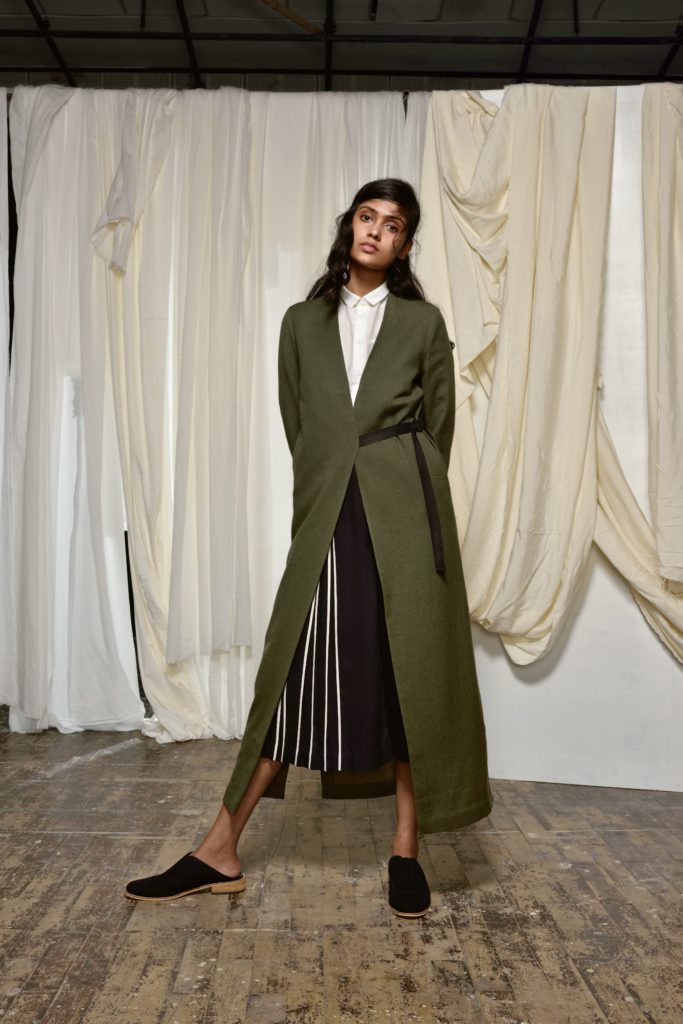
Since you started, how has Bodice evolved as a label?
This a complex question. It’s hard to answer simply. I have become more secure as a creative person. This allows me to edit even more and gives me the freedom to be more authentic and true to my voice. I feel less pressure to prove myself creatively. Once you’re financially secure, it allows you to reach a certain standard of creativity.
Have you ever had to make a choice between commercial needs and your voice?
It’s not that difficult, to be honest. The market is really welcoming to new ideas. Only fear and over thinking stops you. I always knew that I wanted to make clothes. The reason why I do what I do is because I love seeing real women in my clothes. It gives me great satisfaction because I’ve done something of real value. It’s very important for my clothes to be functional.
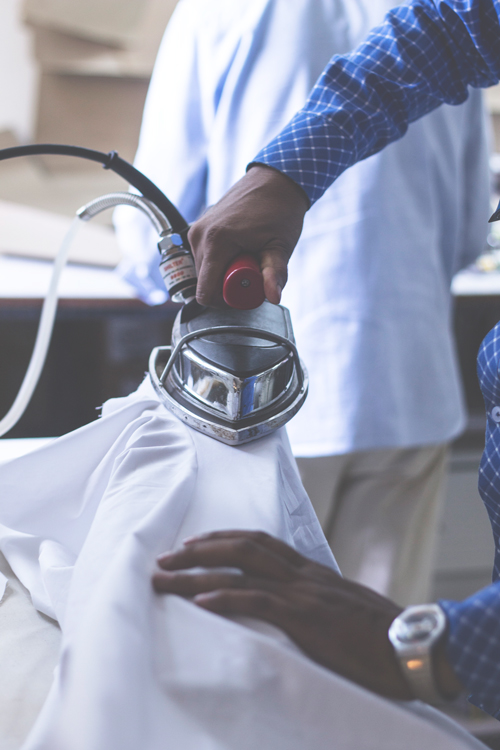
You’ve been leaning towards a fuss-free label (hand wash and no ironing).
I see myself as a consumer too. When I travel, many times I don’t have access to an iron. Why do clothes need to be drying cleaned? I am questioning what luxury really means. It means comfort and access. It’s about making things easier. The idea lies at the core of Bodice— what does occasion wear mean to you? Do you really need to wear something that is high maintenance? And do you equate that to occasion wear? It is questioning these popular beliefs.
How important is fashion’s role in reinforcing body positivity?
Fashion comes in when you break stereotypes. When I started Bodice, people believed that unless you’re wearing a fitted garment, you will look bigger. Fashion is about educating people and dispelling notions based on what they’ve heard and not necessarily tried. Fashion gives people options. It doesn’t matter if you’re big. It doesn’t matter if you’re not so feminine. It doesn’t matter if you’re not so decorated. It gives you the freedom to choose, rather than be obliged to wear certain things.
How have you incorporated sustainability in the label?
Honestly, I’m still learning. That’s why we don’t advertise or market ourselves using the word sustainability. It’s a long journey and there’s a lot to learn.
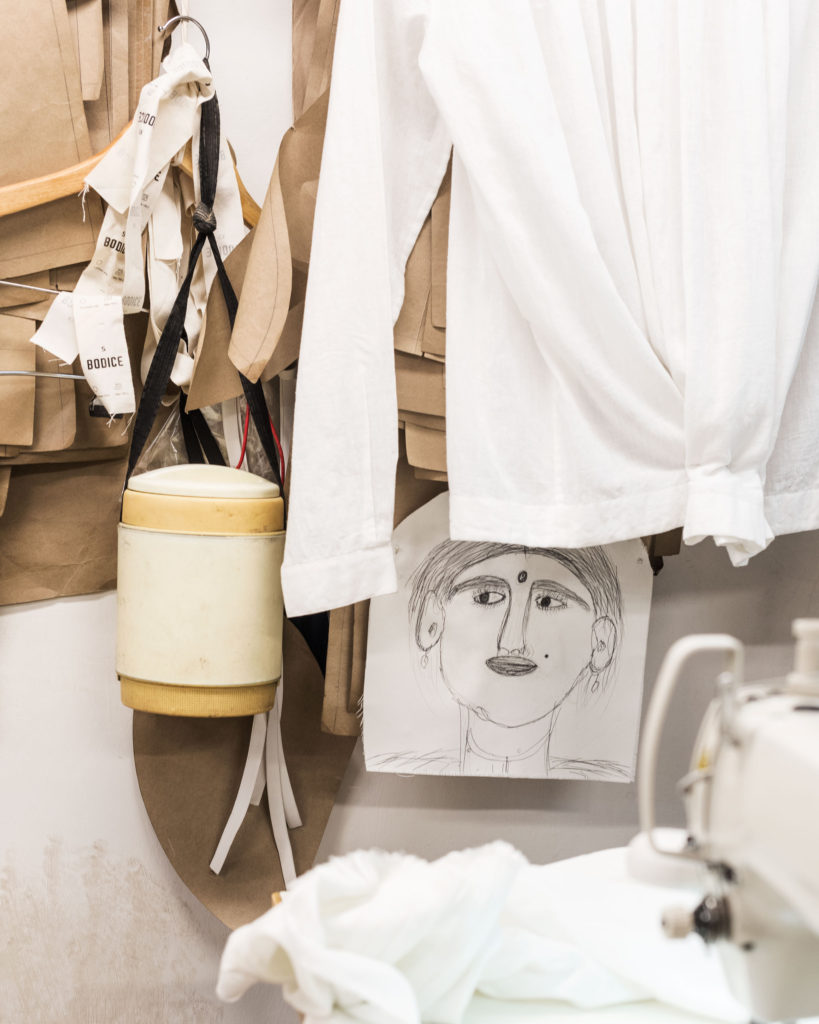
Where do you look for inspiration from?
Lots of things inspire me. Travelling, stories, talking to people, meeting people and creative genres, like music. The last book I read was Conversations with God by Neale Donald Walsch, which was a really good book. I love watching films. I keep my eyes open. I listen. It’s very important to listen. I also practice pranayama. It slows down my head a bit.
Tell me about your Pranayama practice.
My teacher, Apurva Gupta, is lovely. For the first six months she only made me observe my breath. I focus on breathing, softening it. It’s meditative. The practice has really added to my life in the past one year, though I just meet her once a week for an hour.
What does slow living mean to you?
The idea of making clothes beyond seasons is slow living to me. For me it’s a pursuit that starts in the mind. A thought that translates into your product. It’s such a broad question that interlinks your living philosophy to your working philosophy. To me slow living is prioritising what’s important to you and questioning what you’re running after.
So, what are you running after?
What am I running after? Lots of things! Even yoga asanas one runs after. There are aims and ambitions, but they keep changing overtime.


